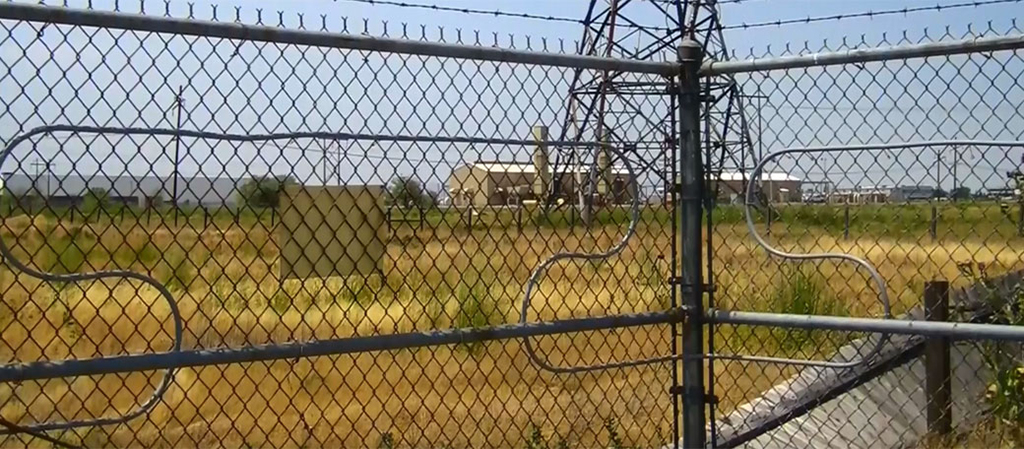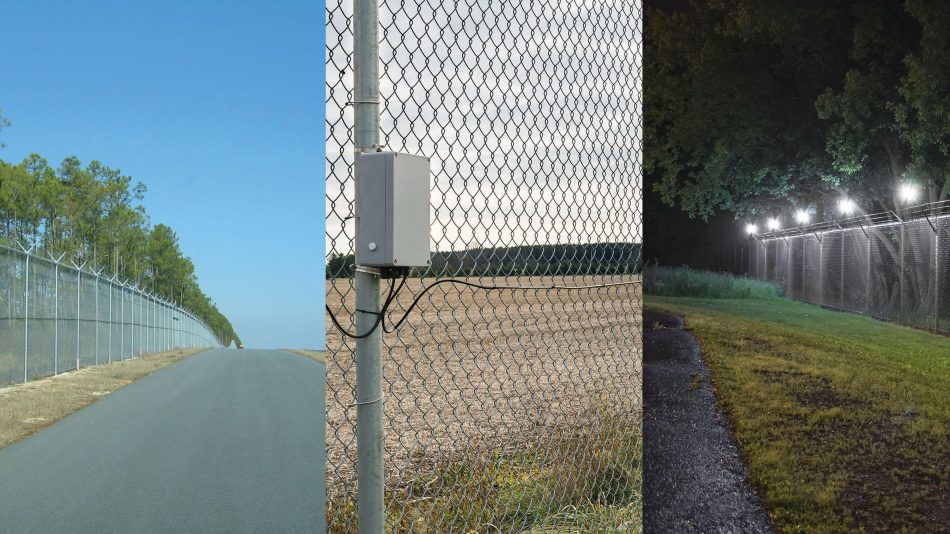Security Fibers: A Reliable Solution for Cutting-Edge Security Systems
Why Fiber Optic Protection Systems Are the Future of Defense
The shift to fiber optic protection systems marks a considerable improvement in the world of defense, driven by their exceptional data transmission capabilities and durability to outside disturbances. As the landscape of safety progresses together with emerging technologies such as AI and IoT, the potential for fiber optics to enhance and redefine safety and security facilities becomes increasingly apparent.
Advantages of Fiber Optic Systems
One of the key benefits of fiber optic systems is their remarkable bandwidth ability, which promotes the transmission of big quantities of data over fars away without considerable loss. This characteristic is particularly advantageous for security applications that need the continual surveillance and transfer of high-definition video feeds, sensing unit information, and other essential details. Optical fiber can fit the growing needs of contemporary safety and security systems, guaranteeing that data continues to be undamaged and reputable.
In addition, fiber optic wires are less susceptible to electro-magnetic interference, which can be a considerable concern in atmospheres with different electronic tools. This resistance improves the honesty of the data being sent, thereby decreasing the danger of information breaches or system failings. Fiber optic systems are naturally more safe and secure than standard copper cable televisions, as tapping into a fiber optic line without discovery is extremely difficult.
The durability of fiber optic cables also adds to their appeal. They are immune to ecological factors such as dampness and temperature fluctuations, lowering upkeep costs and raising system long life. Generally, these advantages placement fiber optic systems as a robust and effective choice for contemporary safety facilities, making sure dependable and protected information transmission.
Enhanced Information Transmission Rate

The capacity to transfer huge amounts of data quickly helps with the smooth integration of high-def video clip feeds and advanced analytics. Protection systems can now process and assess info in real-time, boosting response times and situational understanding. Additionally, fiber optic links sustain longer transmission distances without degradation of signal top quality, making them excellent for large safety networks.
The raised rate of fiber optic systems not just enhances the effectiveness of safety and security procedures but additionally lowers latency. This is particularly essential in critical situations where prompt decision-making can stop security violations or alleviate potential threats. As companies remain to prioritize safety and performance, the demand for rapid and reputable information transmission will most certainly strengthen fiber optic systems as a foundation of modern-day safety framework.
Resistance to Disturbance
Fiber optic safety systems constantly show extraordinary resistance to electromagnetic interference, a crucial advantage in see it here environments vulnerable to digital noise. Unlike standard copper cable televisions, which can be adversely impacted by electro-magnetic visite site fields, superhigh frequency disturbance, and various other kinds of electric disruption, fiber optic cable televisions use light to transfer data. This fundamental home makes certain that the signals continue to be clear and unchanged, no matter surrounding digital activity.
The use of glass or plastic fibers in fiber optic innovation creates an obstacle against interference, permitting trustworthy data transmission even in challenging circumstances such as industrial centers, urban locations with high electronic web traffic, or places near radio towers. This characteristic significantly minimizes the probability of signal degradation or loss, making fiber optic systems specifically ideal for safety applications where honesty and precision of information are vital.
In addition, this resistance to disturbance boosts the general efficiency and dependability of protection systems, guaranteeing that tracking and sharp systems operate seamlessly. In a globe where safety and security is increasingly intimidated by sophisticated technologies, the durability of fiber optic systems attracts attention as a crucial function, reinforcing their condition as a vital component of modern-day safety framework.
Cost-Effectiveness In Time
Substantial expense financial savings can be achieved with time with the implementation of fiber optic safety site link and security systems. While the preliminary financial investment might appear greater compared to standard copper-based systems, the long-lasting financial advantages emerge via reduced functional and maintenance costs (fiber security). Fiber optic cords are inherently much more sturdy and much less vulnerable to ecological variables, which translates to lower replacement and repair work costs over their life-span
Furthermore, fiber optic systems need less power to run, which better lowers energy expenses. Improved data transmission abilities enable fewer repeaters and amplifiers, reducing devices financial investment and simplifying installation procedures. The scalability of these systems additionally adds to cost-effectiveness, as organizations can expand their security facilities without sustaining significant added costs.
Another aspect to think about is the increased performance in monitoring and reaction capabilities that optical fiber supply. Improved real-time information transmission can cause quicker occurrence response times, potentially mitigating losses and responsibilities connected with protection violations. Altogether, the long-term benefits of fiber optic safety systems not just validate the first expenditure however likewise place them as an economically prudent option for companies looking for durable security options.

Future Developments in Security
Progressing technologies are set to transform security systems, incorporating expert system (AI) and artificial intelligence to enhance hazard detection and action capabilities. These innovations will certainly enable safety systems to examine vast amounts of data in real-time, determining patterns and anomalies that indicate prospective hazards. This proactive technique will enable faster decision-making and a lot more effective case feedbacks.
In addition, the incorporation of the Net of Points (IoT) is leading the method for interconnected safety devices, using detailed monitoring and tracking. Smart sensors can communicate details concerning environmental adjustments, while automated alerts can notify protection workers promptly of questionable activities.
Furthermore, the development of biometric modern technologies will further bolster safety devices. Face recognition, fingerprint scanning, and retina recognition are ending up being a lot more advanced, supplying layers of verification that are tough to bypass.
Conclusion
Finally, fiber optic protection systems stand for a substantial innovation in protection innovation, providing unmatched data transmission rate, resistance to electromagnetic disturbance, and long-term cost-effectiveness. As the demand for sophisticated protection solutions proceeds to expand, the assimilation of optical fiber with emerging technologies such as AI, IoT, and biometrics will certainly additionally enhance protection facilities (fiber security). The mix of these technologies will ensure a much more safe and responsive environment, strengthening fiber optics as a cornerstone of future protection systems